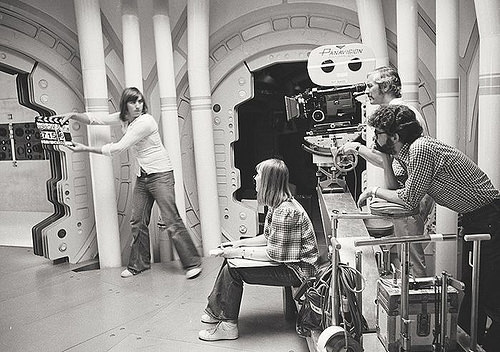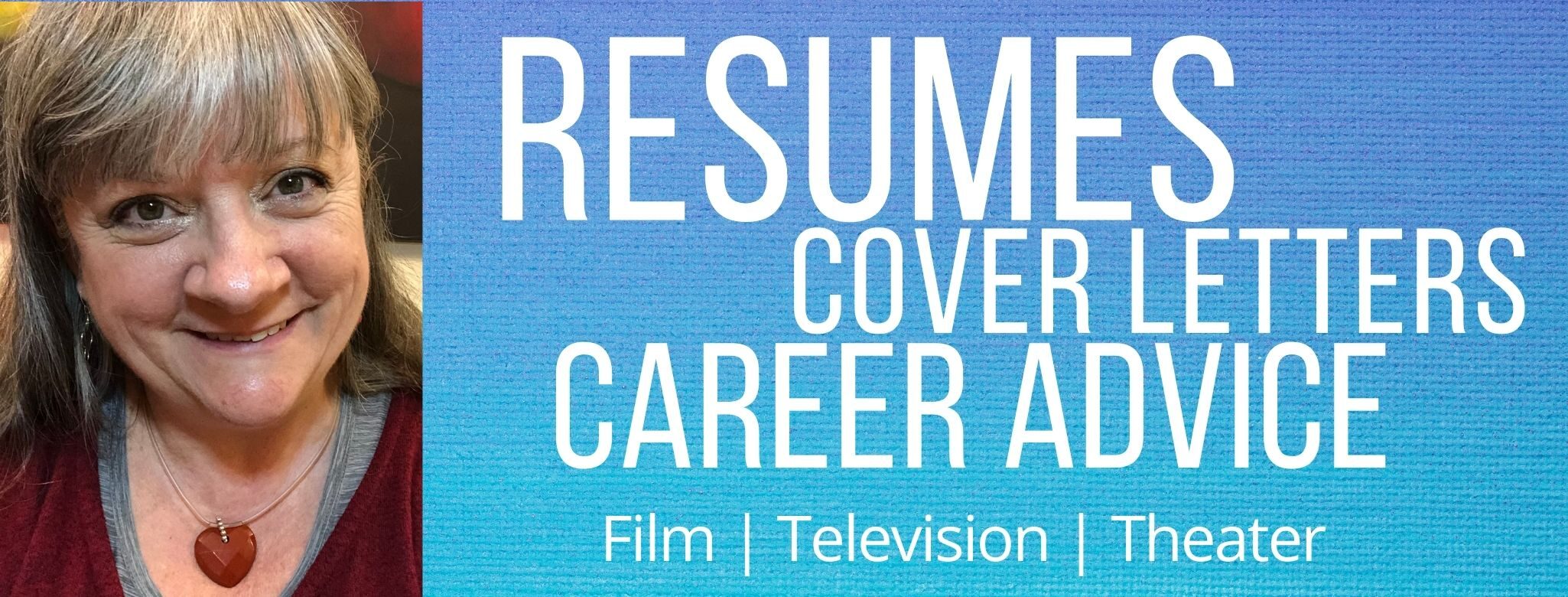
The Cinematographer or Director of Photography is the head of the camera department. This person works most closely with the Director in supporting the theme and telling the story, and other than the Director has the greatest influence on the look of the final film, arguably even ahead of the Production Designer, especially in lower budget pictures. A good DP collaborates closely with the Production Designer and Costume Designer early on, so that out of that relationship comes even better ideas and innovative solutions to storytelling or practical/technical problems.
The DP is responsible for framing and lighting the shots to create a coherent style and tell the story. Cinematography has had a huge influence in style and genre, for example Film Noir and Cinemascope. The DP chooses lenses and filters for each shot, and is supported by the Gaffer with the electrical department, and the Key Grip and grips, including the dolly grip, in creating each shot on the set.
The rest of the camera department are Camera Operators, although many DP’s also operate A camera during principal photography, the First AC, who used to be called descriptively the Focus Puller, and the Second AC or Loader. The loader’s job has been changing as filmmakers move away from using actual film to digital, but often still includes keeping track of paperwork, and working the slate (clapperboard) – which is usually digital and programmed by the Sound Mixer. A new position in the department is a Drone Operator or Programmer, operating tiny flying cameras by remote control. Specialty areas include IMAX filming, and working underwater. DP’s can find themselves on cranes, up ladders, and riding mobile/auto rigs.
Familiar phrases from the camera department include “check the gate” which means at the end of the particular setup, the 1st AC checks to ensure that no hair or other debris has collected in the gate where the film feeds through behind the lens, so that the take can be printed or used. A “hair in the gate” means the scene must be reshot. There is no gate on digital cameras, although lenses must be kept clean and free from scratches. Another special trick is “poor man’s process”. This is an inexpensive car interior setup using black cloth and small moving lights out of focus to imply night driving.
If you want to be a Cinematographer
The job path could be starting as a grip or electrician on the set or focusing on camera at film school, rather than directing. From there you could move to firstly Second AC, then up to First, a Second Unit Camera Operator, through Camera Operator and finally DP. It is an apprenticeship process. You would want to keep abreast of new camera developments and lighting instruments, including attending seminars given by vendors and industry expos. You would want to read the journals of the Cinematographer Society and related departments’ guilds, study light, learn about depth of field, lenses and filters, study your film history of course, and watch a lot of movies. You could start with still photography to learn about framing and composition, study the Elements and Principles of Design, and certainly play around with video cameras, even phone cams.
Here’s a website that is helpful, The Black and Blue with a free e-book – although I like the details of my Résumé advice a little better than his not bad templates.
Since my contact form has proven to be a spam magnet, I am asking potential clients to contact me by email directly. You may have to copy and paste.
RobynLCoburn@gmail.com
photo credit: <a href=”https://www.flickr.com/photos/randar/14962680597/”>Tom Simpson</a> via <a href=”http://photopin.com”>photopin</a> <a href=”http://creativecommons.org/licenses/by-nc-nd/2.0/”>cc</a>
